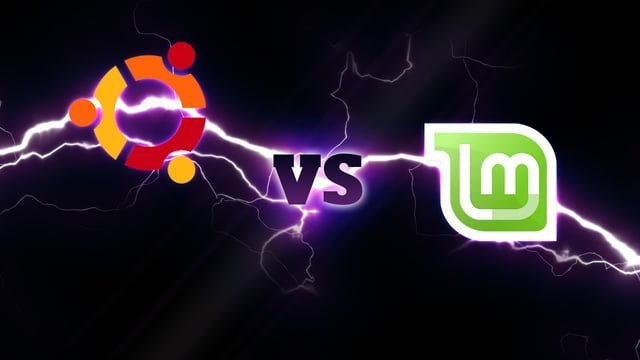
Linux Mint originates from Ubuntu, but they’ve charted their own paths over time. Both distros aim to be user-friendly, perfect for newcomers cutting their teeth on Linux. Some folks swear by Linux Mint, others remain devoted to Ubuntu, but let’s break down the facts to see which one better suits beginners.
On one side, we’ve got the tech enthusiasts eager to explore the free and powerful world of Linux for the first time. On the other, we have absolute newbies, maybe trying to breathe new life into an old PC or dodge pesky viruses. They’re not into the nitty-gritty of Linux; they just crave a solid, hassle-free computing experience.
Now, if we’re talking speed, Linux Mint takes the cake. It’s been consistently zippy, even on less robust, aged hardware. If speeding up your rig is the goal, Mint is often the go-to over Ubuntu.
Both Mint and Ubuntu come stacked with essential preinstalled apps – music and video players, office suite, web browser – you name it. Mint pulls ahead slightly by offering apps like Pidgin, the feature-rich Banshee, and user-friendly VLC out of the box. Though this isn’t a huge deal since you can always beef up your arsenal with new apps.
Each has its own app store, streamlining the search and installation of new software for beginners. Ubuntu’s Software Center stands out, with its prominent dock placement, easily recognizable “shopping bag” icon, and the helpful hint that it’s your go-to for new apps. Opening it up, you’re greeted with a polished store vibe – think screenshots, features, categories, and ratings.
Linux is a paradise for the tech-tinkerers – customize every aspect of your system to your heart’s content. Ubuntu’s done a decent job giving users this power, though it’s often a ‘what you see is what you get’ deal. Mint, however, is a different beast with a myriad of settings to tweak your interface to the minutest detail. This may not matter to the novice, but if you’re tech-curious and hungry to learn, Mint’s your playground.
It’s a tight race, and I wouldn’t say I’m in the fan club for either, but I had pegged Mint as the clear winner. Yet, the Ubuntu crew has put up a good fight, assembling something quite respectable. Hardcore Linux users might turn their noses up, but beginners? They’re a different breed.
So, if you’ve got a buddy looking to give their old machine a new lease on life with Linux, let them test drive both Mint and Ubuntu. While my rundown is pretty straightforward, folks generally get a clear sense of their personal preference after trying both. In the end, the best way to settle this debate is to let them choose for themselves.
